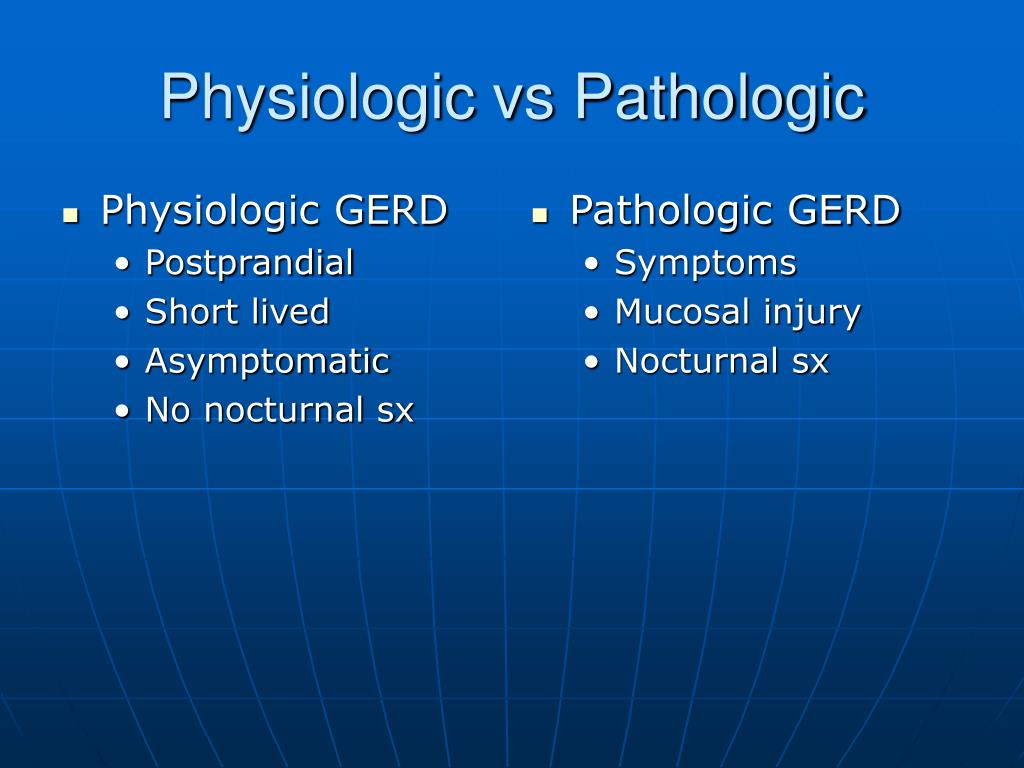

The immune system consists of two types of responses: an antigen-specific adaptive immune response and an innate immune response, also called natural, which recognizes pathogen-associated molecular patterns (PAMPs). The immune system consists of a series of effector mechanisms capable of destroying pathogenic organisms such as bacteria, fungi, viruses, and parasites. *Address all correspondence to: Introduction Laboratory of Cell Biology and Microbiology, Academic Unit of Biological Sciences, Autonomous University of Zacatecas, Zacatecas, México.Laboratory of Immunology, Department of Earth and Life Sciences, University Center of Los Lagos, University of Guadalajara, Lagos de Moreno, Jalisco, México.Medicine School, Autonomous University of Durango Campus Zacatecas, Zacatecas, México.Laboratory of Immunology and Virology, Faculty of Biological Sciences, Autonomous University of Nuevo Leon, San Nicolás de los Garza, Nuevo León, México.
 Faculty of Odontology, School of Biomedical Sciences of the Cuauhtémoc University Aguascalientes, Aguascalientes, México. In the present chapter, we will review the importance of the main components involved in the innate immune response, such as different cell types, inflammatory response, soluble immune mediators and effector mechanisms exerted by the immune response against bacteria, viruses, fungi, and parasites all with the purpose of eliminating them and eradicating the infection of the host. Recognition of these pathogen-associated molecular patterns occurs through pattern recognition receptors such as Toll-like receptors and some other intracellular receptors such as nucleotide oligomerization domain (NOD), with the aim of amplifying the inflammation and activating the adaptive cellular immune response, through the antigenic presentation. These cells recognize the pathogen-associated molecular patterns (PAMPs), which have been evolutionarily conserved by the diversity of microorganisms that infect humans. The innate response is characterized by being the first line of defense that occurs rapidly in which leukocytes such as neutrophils, monocytes, macrophages, eosinophils, mast cells, dendritic cells, etc., are involved. Pathogen infections are recognized by the immune system, which consists of two types of responses: an innate immune response and an antigen-specific adaptive immune response.
Faculty of Odontology, School of Biomedical Sciences of the Cuauhtémoc University Aguascalientes, Aguascalientes, México. In the present chapter, we will review the importance of the main components involved in the innate immune response, such as different cell types, inflammatory response, soluble immune mediators and effector mechanisms exerted by the immune response against bacteria, viruses, fungi, and parasites all with the purpose of eliminating them and eradicating the infection of the host. Recognition of these pathogen-associated molecular patterns occurs through pattern recognition receptors such as Toll-like receptors and some other intracellular receptors such as nucleotide oligomerization domain (NOD), with the aim of amplifying the inflammation and activating the adaptive cellular immune response, through the antigenic presentation. These cells recognize the pathogen-associated molecular patterns (PAMPs), which have been evolutionarily conserved by the diversity of microorganisms that infect humans. The innate response is characterized by being the first line of defense that occurs rapidly in which leukocytes such as neutrophils, monocytes, macrophages, eosinophils, mast cells, dendritic cells, etc., are involved. Pathogen infections are recognized by the immune system, which consists of two types of responses: an innate immune response and an antigen-specific adaptive immune response.






 0 kommentar(er)
0 kommentar(er)
